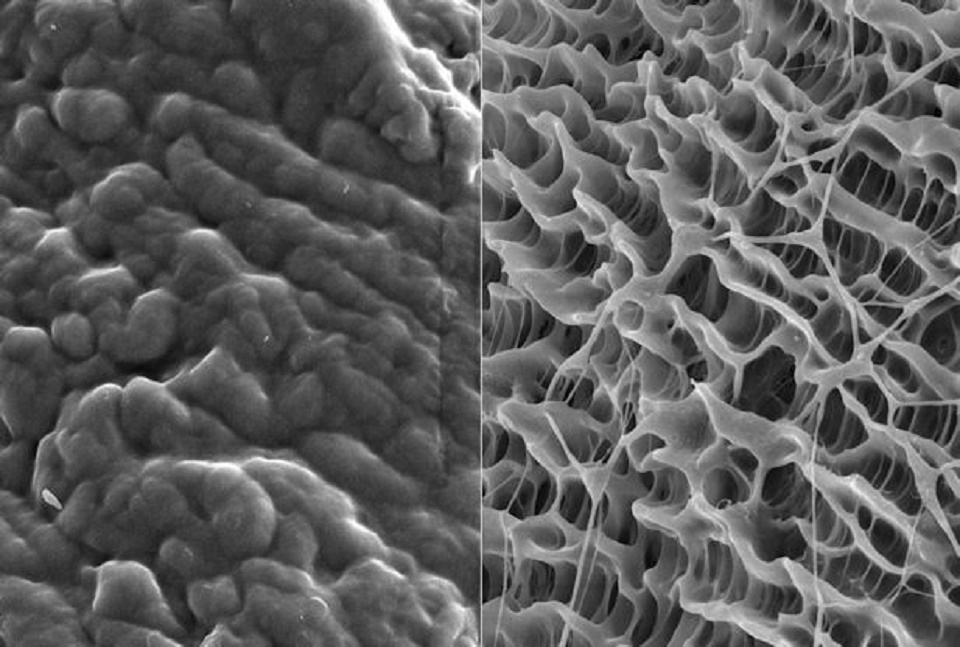
A team of researchers at the Eindhoven University of Technology and at The Hong Kong Polytechnic University has developed a smart cotton fiber that might dramatically affect habitability in deserts.
This newly developed cotton fabric has been treated with a polymer that is sensitive to temperature. This makes the fiber sponge relatively easy.
The cotton can absorb moisture from the air to an equivalent of 340 percent of its own weight. It is much more hydrophilic than ordinary cotton which only absorbs about 18% of its own weight.
When the temperature rises to 34-40 degrees Celsius, the surface of the fibers becomes hydrophobic and emits the absorbed water – a cycle that can be repeated many times.
The inspiration for this newly developed fabric actually comes from desert living beetles with a remarkable ability to collect drinking water from its body, and also from spiders that collect air moisture and makes drinking water via their web’s.
The potential for this new fiber material is indeed promising, “The reversible switching between absorbing-super hydrophilic/releasing-superhydrophobic states results from structural changes of a temperature-responsive polymer grafted on the very rough fabric surface. This material and concept present a breakthrough into simple and versatile solutions for the collection, uni-directional flow, and purification of water captured from the atmosphere.”
The fabric could help life in deserts since its remarkable ability to absorb air moisture could provide an enhanced method to collect drinking water in the desert where the difference between day and night temperature is very high. The air is moist and cool at night and warm during the day. It could also provide new ways of collecting untainted and drinkable water in areas where water may otherwise be salt, such as ocean islands and coastal areas, or where the water is contaminated by bacteria or parasites.
The research teams will continue to push the fibers even further to a wider temperature range and a larger amount of water the fiber can absorb. They will then test the fibers in deserts as a future part of the development program, since the special properties of the fabric, combined with its potentially low price, would make it very usable in exactly those areas of the world where the need is the greatest.
______________
Temperature-triggered collection and release of water from fogs by a sponge-like cotton fabric.
____________________________


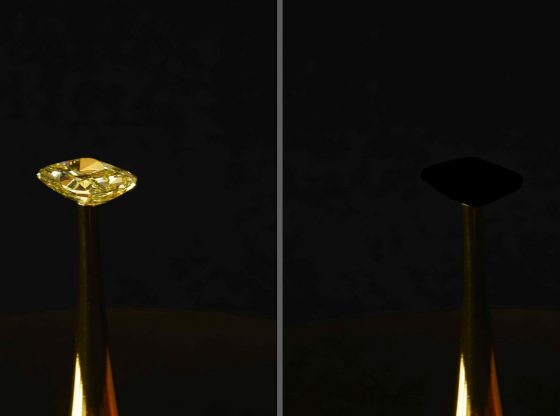
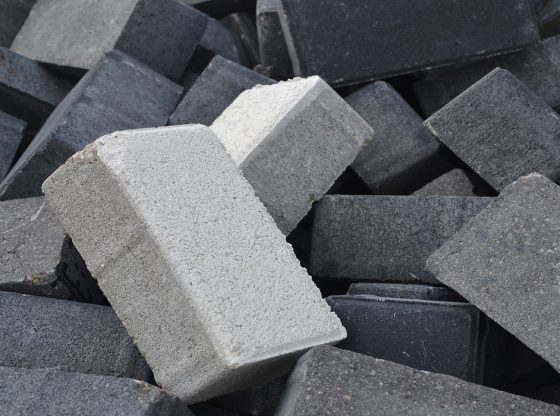
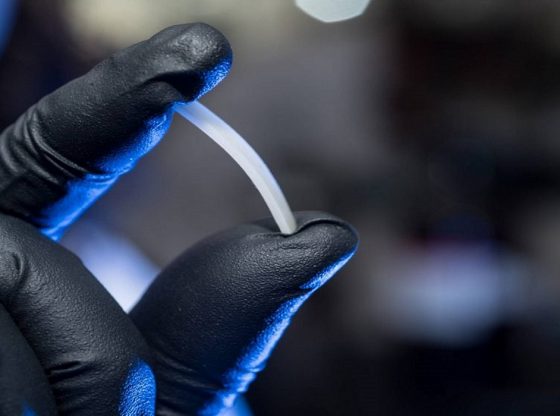

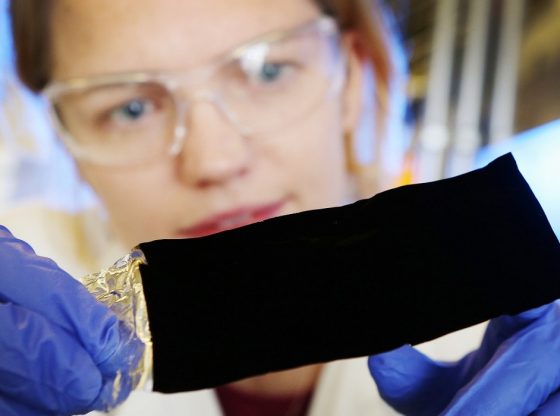
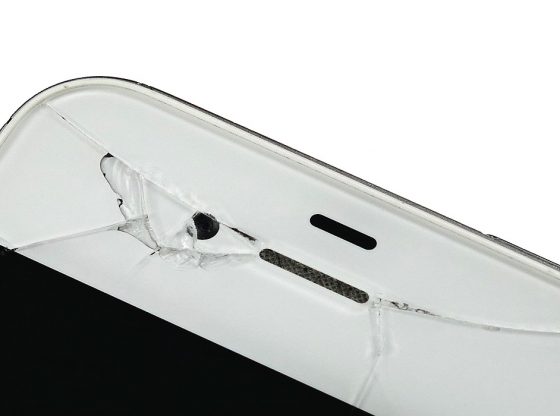


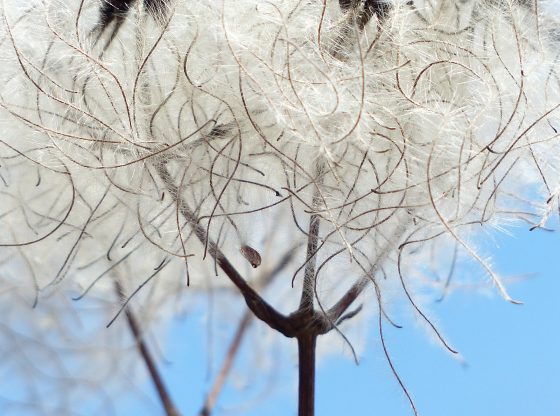
![OpenAI. (2025). ChatGPT [Large language model]. https://chatgpt.com](https://www.illustratedcuriosity.com/files/media/55136/b1b0b614-5b72-486c-901d-ff244549d67a-350x260.webp)
![OpenAI. (2025). ChatGPT [Large language model]. https://chatgpt.com](https://www.illustratedcuriosity.com/files/media/55124/79bc18fa-f616-4951-856f-cc724ad5d497-350x260.webp)
![OpenAI. (2025). ChatGPT [Large language model]. https://chatgpt.com](https://www.illustratedcuriosity.com/files/media/55099/2638a982-b4de-4913-8a1c-1479df352bf3-350x260.webp)








